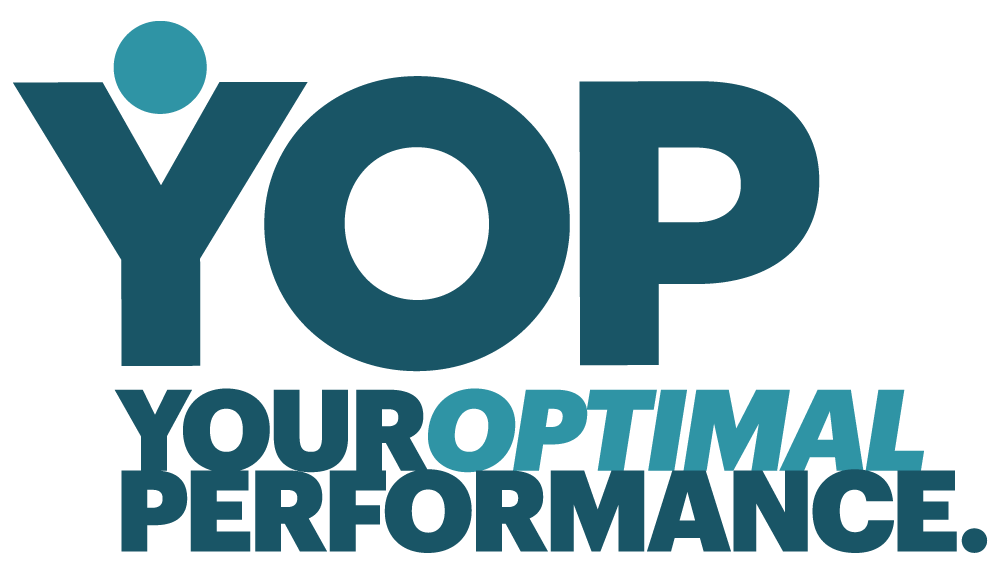An “L” of a way to improve your running!
I was chatting with a runner this week, they were concerned that their heel striking pattern was problematic for their running. They weren’t suffering with an injury - their goal was to run quicker and save energy. Big running gait changes are very hard to achieve, taking a long time and a lot of hard work to bed in - and often causing you to go slower initially.
If your running gait is not causing any problems do we need to change it?
There is little evidence to suggest that moderate heel striking is problematic to run speed (there are plenty of elite runners who heel strike!). Research shows that foot strike patterns change when speed/turnover varies - shifting to your forefoot the faster you run.
That said, excessive heel strike caused by overstriding (landing with your front leg way out in front of you) can slow you down, as it creates breaking forces. If your foot is driving into the ground in front of you - the force generated will go in the opposite direction - backwards! Slowing you down.
How do you avoid creating braking forces?
Running speed is influenced by a number of factors including cardiovascular fitness, strength, endurance, running stride length, stride frequency and body position.
When we looked at this runner’s form we noticed a few things they could work on to reduce the braking forces they were creating by overstriding - and to make running feel a bit easier. In turn, this would enable them to push on harder and lead to faster times!
We talked about the 5Ls for a better body position…
Lean from the ankles
Lead from the hips
Lift your chest
Light on your feet
Look ahead
The 5Ls place the body into a triple extension/forward lean position. This shifts weight forward, the foot contact is under or close to the hip, with driving forces going backwards - so you move forward with more power. The ‘L’s’ help to reduce overstride and maintain stride length.
Our running cue for the 5Ls is “push the road back”.
At YOP we recommend initially practising the 5Ls as part of your warm up (start with good form) and your cool down (finish with good form) - and then when you remember during your run.
Remember, when you are learning something new or trying to create change it is cognitively more demanding, so in the short term this may feel harder and you may go slower. Stick with it to see the results!
If you’re interested in finding out more about how YOP can help improve your running, please get in touch. We do individual and group running sessions to help runners of all abilities.

